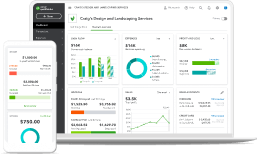Running multiple storefronts is exponentially harder than having a single retail location. With one, the small business owner can manage everything since business operations are consolidated. They can oversee the work of all employees and observe the service that is provided to customers.
With multiple store locations, however, the formula for success radically changes.














